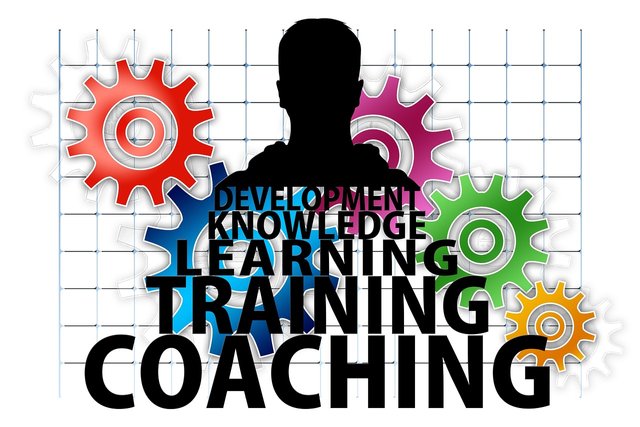THE DICK & CAREY MODEL: An Instructional Design Framework

Breaking down the bits and pieces on how to go about in designing instructional materials is almost entirely impossible without the aid of a framework. This guide helps us in systematically designing our instructional materials in a way that is effective as it can be when implemented. Last time I posted about the most common instructional design framework used in business and education which is THE ADDIE MODEL. Today, I am going to discuss another ISD Model, which is THE DICK & CAREY MODEL. Compare to the ADDIE MODEL, this framework has more specific stages/phases being emphasized in the process.
THE DICK & CAREY MODEL

Image Source
Identifying Instructional Goals
The first step is the development of the ideas that will be included in our goals, these statements of the objectives are still broad. We describe here the outcome of our instruction and we are pointing out what the students should be able to do, what skills they are going to acquire after the instruction is delivered. We are formulating here the desired learning outcome of our instruction.
Conduct Instructional Analysis
Conducting Instructionalysis involves determining the skills that the learners need that will help them achieve the goals of our instruction.
After determining what skills and knowledge the students need for your goals of instruction, it is time to assess them, so that in this stage we will be able to verify the gap between their current skill and our instructional goals.
Identify Entry Behaviors
We need to build our learning system based on the background of our learners. During this stage, we have to identify all the characteristics of our students. We focus on those characteristics that is relevant to our goals of instruction or to the lesson we need to teach. These characteristics include their own experience and existing knowledge that will help them relate to what we are going to teach.
This will allow us to have an accurate and effective starting point of our instruction appropriate to our target learners.
Write Performance Objectives
Now that we know the gap between what the learners know and what they need to know, as well as their characteristics that is contributive to the instructional goals we are about to deliver, we can now formulate the specific objectives.
We write here the specifics skills and lesson objectives to be learned by the students and the specific criteria and standard for that particular skill or lesson.
Develop Criterion Referenced Tests
If we are planning to use a computer in your lesson, then we will have to assess our students' computer skills first. Is there typing skills and mouse skills good enough? Do they have enough proficiency on how to use the software that is required in your instructional goals? An assessment of this skill and determining how well your students can do with their current skillset for them to acquire the next lesson objectives is what you are trying to determine during this stage of this ISD Model.
Develop Instructional Strategies
This is the order of the learning session. If we are designing an e-learning system this is where we take advantage of technology features such as drag and drop, keypress, mouse hover, and clicks etc., so we can develop drills, hands-on activities that will develop and reinforce the learners skills and knowledge based on the objectives that we have formulated.
Develop Instructional Materials
These are the instructional materials needed for the instruction. We can reuse if there is an existing one, we can develop a new one that will fit with our goals. If we are going to use another application on top of the learning system that we have built, we wanna make sure that the application have been configured and have been debugged to avoid technical related issues during the instruction.
Develop Instructional Materials
We need to make sure that we have successfully delivered the lesson, so we need to create the appropriate assessment we need to use to ensure that the students achieved the desired outcome of our instruction.
More importantly, we need to gather data on how the instruction went well so that we can take action in revising it and make improvements if necessary so that we will be able to deliver it better the second time around.
Summative Assessment
This is basically determining if the entirety of the instruction was effective. Through summative assessment, we can uncover if there were parts of the program that we can improve more. Summative assessment is conducted after the completion of a chapter.
Revise Instruction
These are the questions we need to asks ourselves on how the instruction can be revised to improve its effectiveness, during this stage we might be able to determine some difficulties encountered by learners and gives as an opportunity to eliminate these difficulties by rewriting the entire instruction.

Vote: @surpassinggoogle, @steemgigs, @deveerei, @bayanihan, @rcarter , @curie , @blocktrades , @neoxian , @liondani , @precise @pharesim , @good-karma , @roelandp , @jerrybanfield , @neoxian, @arcange and @adsactly
Congratulations @jerome-morales! You have completed the following achievement on the Steem blockchain and have been rewarded with new badge(s) :
Click here to view your Board
If you no longer want to receive notifications, reply to this comment with the word
STOPMore power to @steemitboard